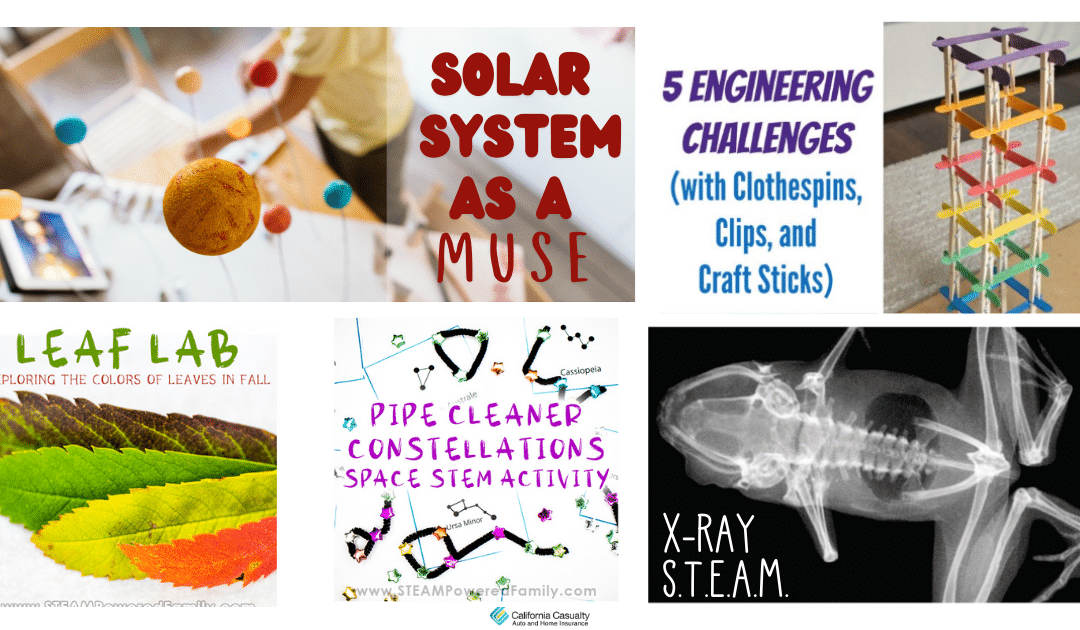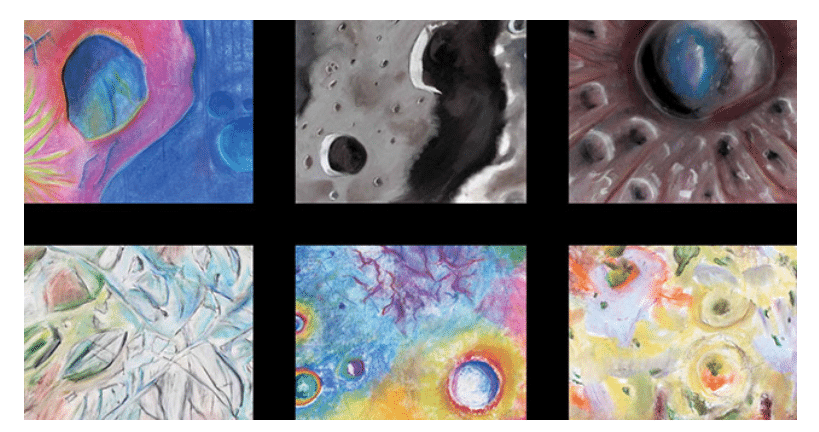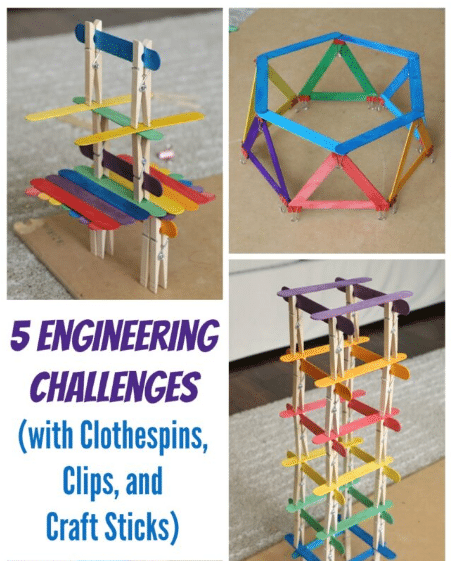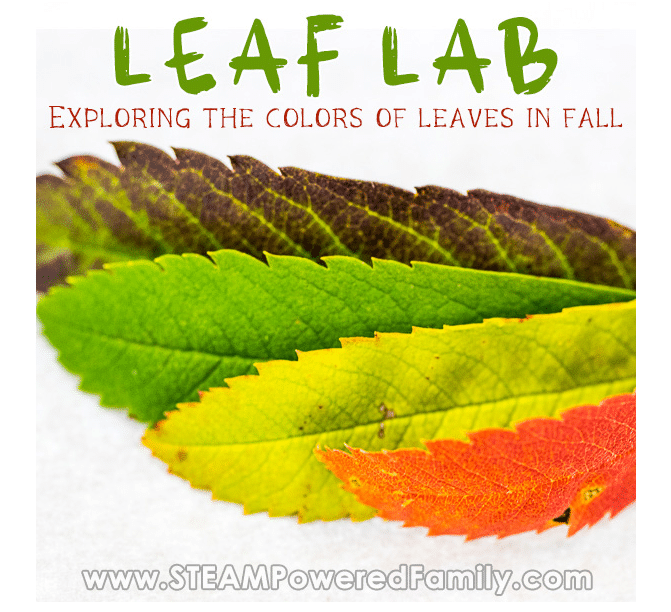Distance learning certainly has its challenges, but it’s also an opportunity to get creative and think outside the box.
Creative approaches to learning STEAM subjects – science, technology, engineering, arts, and mathematics – help students developing important skills such as critical thinking, innovation, and collaboration.
Below are ten STEAM activities designed to get your students’ creative juices flowing and log off the screen for some analog learning.
1. The Solar System as Muse
-
- How it works: This activity bridges art, Earth and space sciences by having students use artistic elements to understand and portray the cosmos.
- Materials needed: Drawing paper, drawing media (e.g. pastels, watercolors, crayons, markers or pencils), gummy erasers, Q-tips, cleaning wipes, fixative (optional).
- Learn more: See lesson plans and downloadable materials here.
2. X-Rays and Anatomies
-
- How it works: This simple activity gives students an inside peek at different animal skeletons and then asks them to turn that x-ray vision on themselves. Includes different lesson options.
- Materials needed: Animal x-ray printouts (use links provided or find your own), paper, pencil, scissors, pretzel sticks and/or pretzel loops.
- Learn more: See lesson plan and info here.
3. Light-Up Greeting Card
-
- How it works: This activity helps children learn about electrical circuits, and by the end of the lesson they end up with a glowing card to light up someone’s day.
- Materials needed: Card stock or construction paper, coin or AA battery, drawing media (crayons, markers, pencils), stickers (optional), tape (electrical or masking), scissors, LED or old holiday lights.
- Learn more: See full instructions here. Note: this activity requires parental supervision.
4. Pipe Cleaner Constellations
-
- How it works: Students use pipe cleaners and beads to learn about the stars, their names, and constellations. Includes several activity variations.
- Materials needed: Book or website on constellations, beads, pipe cleaners, scissors, glow in the dark paint (optional).
- Learn more: See instructions and optional downloadable materials here.
5. Clothespin Building Challenge
-
- How it works: Kids get a primer on the fun of engineering by building structures out of simple, everyday materials. Includes five different options for building the tallest or strongest structure, as well as other engineering design challenges.
- Materials needed: Colored craft sticks, binder clips, wooden clothespins.
- Learn more: Full lesson available here.
6. Autumn Leaf Lab
-
- How it works: By collecting and experimenting on leaves in their own backyards, kids learn about the chemistry of leaves and why they change color in the fall. Includes lessons for younger and older students.
- Materials needed: Leaves, rubbing alcohol, jars with lids, butter knife, large bowl, coffee filters, hot water, plates, scissors.
- Learn more: Full instructions and links here.
7. Biodiversity Field Study
-
- How it works: By finding and studying the living beings in their geographic locale (backyard, park, community garden, etc.), students gain an understanding of animal phyla and taxonomy.
- Materials needed: Paper, pen or pencil, digital camera (optional), magnifying glass (optional).
- Learn more: Lesson instructions and teaching prompts here.
8. Weather News Deep-Dive
-
- How it works: By researching a single weather event in the news, students not only learn about weather events and impacts, but also the different ways the event is reported in news outlets and publications.
- Materials needed: Copies of news stories (find your own or use those provided in-lesson), chart paper, markers.
- Learn more: Lesson instructions and teaching prompts here.
9. Climate Postcards
-
- How it works: Students learn about the world’s different climate zones and interpret data by using a creative postcard project.
- Materials needed: Worksheets/print-outs (links supplied).
- Learn more: Download worksheets and lesson info here.
10. Ocean Studies: The Twilight Zone
-
- How it works: This activity engages kids to learn about the fascinating creatures that live in the ocean’s “twilight zone” – the mysterious layer of ocean that lies between the sunlit zone and the dark abyss below.
- Materials needed: Books/materials about twilight zone animals, drawing media (crayons, markers, pencils), a bucket, design materials (plastic wrap, straws, wax paper, etc.), paper, scissors, tape.
- Learn more: See instructions here.
Just because we’re stuck at home doesn’t mean we can’t be creative. Many of the above projects are hosted on sites with lots of STEAM activities – take some time to look through and bookmark more lessons for later!
This article is furnished by California Casualty. We specialize in providing auto and home insurance to educators, law enforcement officers, firefighters, and nurses. Get a quote at 1.866.704.8614 or www.calcas.com.
- Graduation – When to Remove Your Child from Your Auto Policy - May 18, 2023
- How to Prevent Catalytic Converter Theft - May 17, 2023
- How Much Does Home Insurance Cost? - May 17, 2023











